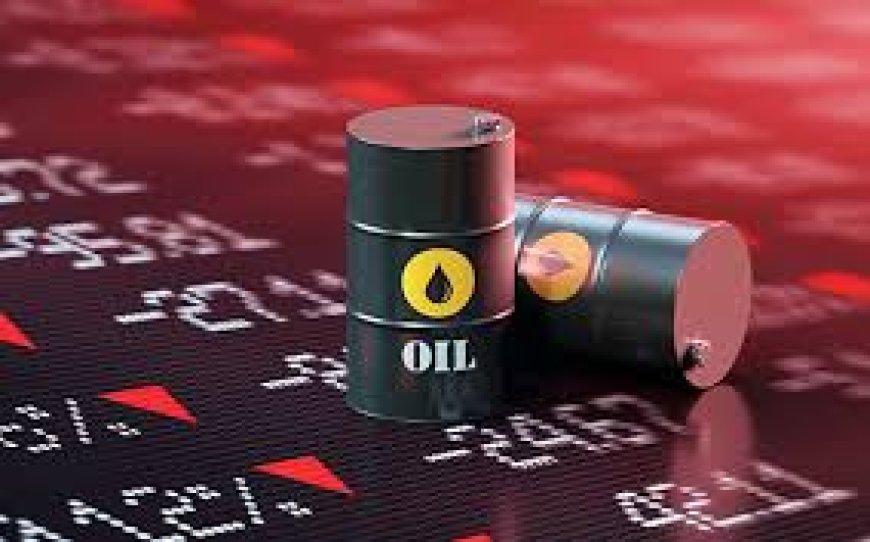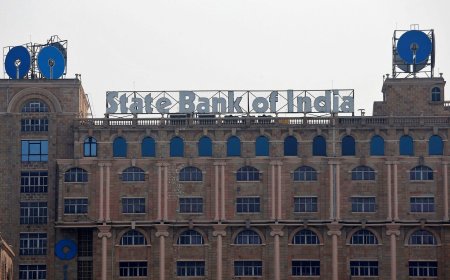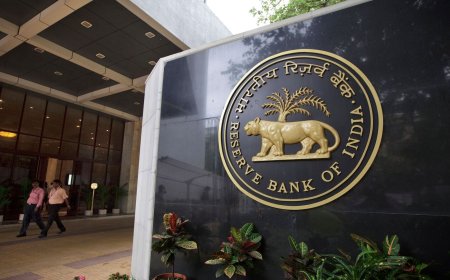Rising oil prices could hurt the business of these sectors and stocks the most
As crude oil prices climb toward $90/barrel, sectors like aviation, FMCG, logistics, and autos could face margin pressure. Here's how rising oil costs may affect key Indian stocks and investor sentiment.

Surging Oil Prices: A Brewing Headwind for Key Sectors
With Brent crude prices once again edging toward the $90 per barrel mark amid escalating geopolitical tensions and OPEC+ supply constraints, several sectors across global and Indian markets are bracing for impact. Historically, sharp increases in crude oil prices have triggered cost inflation, squeezed margins, and altered investor sentiment in vulnerable industries.
As of mid-June 2025, Brent crude futures are trading around $88 per barrel, up nearly 17% year-to-date. Analysts attribute the rally to persistent supply curbs by major oil producers, ongoing Middle East disruptions, and robust summer demand in the Northern Hemisphere. This poses a significant risk to companies with high oil dependency or input costs tied to petrochemicals and transportation fuels.
Sectors in the Line of Fire
1. Aviation: Flying Into Turbulence
The airline industry is one of the most directly exposed to oil price fluctuations, as aviation turbine fuel (ATF) accounts for 30-40% of an airline’s operating expenses. Indian carriers like IndiGo (InterGlobe Aviation) and SpiceJet are expected to feel the pinch.
“With limited pricing power in a highly competitive market, domestic airlines may find it challenging to pass on higher fuel costs to consumers without dampening demand,” said Rajesh Bhatia, aviation analyst at JM Financial.
Any sustained rally in crude prices could lead to margin compression or fare hikes, both of which may slow post-pandemic recovery in air travel.
2. Paints and Chemicals: Cracks in the Margin
The paint and specialty chemicals sectors rely heavily on crude oil derivatives such as monomers, resins, and solvents. Rising crude prices thus translate into higher raw material costs.
Stocks like Asian Paints, Berger Paints, and Pidilite Industries could face margin pressure unless they increase prices.
“Given their dominant market positions, top paint manufacturers have been able to pass on cost pressures in the past, but there's a limit beyond which demand elasticity kicks in,” said Kritika Sinha, sector specialist at HDFC Securities.
Similarly, chemical manufacturers catering to exports could see input costs rise without commensurate price hikes in a competitive global market.
3. Logistics and Shipping: Weighed Down by Fuel Bills
Logistics firms, especially those with large surface transport fleets or last-mile delivery models, face higher diesel costs directly impacting operations.
Blue Dart, TCI Express, and Delhivery have seen relative stability in fuel costs over the past year, but continued oil price escalation may erode their profitability or compel service cost hikes.
“The logistics industry runs on thin margins. A 10% increase in diesel prices can significantly dent bottom lines unless mitigated via fuel surcharges,” warned Arvind Sharma, logistics expert at ICICI Direct.
4. FMCG and Consumer Staples: Cost Inflation Trickling In
While not directly reliant on crude, FMCG firms are sensitive to packaging, transportation, and energy costs — all of which are influenced by crude oil. HUL, Dabur, Marico, and Nestlé India could see higher logistics and packaging expenses if oil prices remain elevated.
“Packaged goods makers are walking a tightrope — too much price escalation could weaken rural demand that’s already under stress,” noted Ritika Mehra, FMCG analyst at Kotak Institutional Equities.
Margins may narrow unless supported by volume growth or price hikes.
5. Auto Sector: Dual Impact on Input and Demand
Automobile companies are doubly impacted by rising oil prices — through higher input costs (plastics, tires, lubricants) and lower consumer sentiment due to expensive fuel.
Maruti Suzuki, Hero MotoCorp, and Tata Motors may see a shift in consumer preference towards more fuel-efficient or electric vehicles, but such transitions are not immediate.
“Fuel price shocks tend to defer vehicle purchase decisions, especially in the two-wheeler and entry car segments,” explained Siddharth Jain, automotive consultant at Crisil.
Market Sentiment and Investor Positioning
The BSE Oil & Gas index has outperformed in recent months, led by upstream oil companies like ONGC and Oil India, which benefit from higher crude prices. In contrast, the BSE FMCG, Auto, and Transport indices have shown signs of underperformance.
Foreign institutional investors (FIIs) have turned cautious on consumer-oriented sectors, rotating capital into energy and commodities.
Investor Outlook: Defensive Play or Sector Rotation?
As crude oil volatility returns, investors are advised to realign portfolios in favor of companies with low oil exposure or those able to pass on costs efficiently. Defensive sectors like IT, pharma, and financials could gain relative strength.
“It’s not just about sectoral exposure, but pricing power and operational efficiency. Companies that can shield margins or pivot swiftly will emerge stronger,” emphasized Ankita Rao, portfolio strategist at Motilal Oswal AMC.
Hedging through ETFs, rotating into upstream oil plays, or increasing allocation to green energy and EV-themed funds are strategies being explored by savvy investors.
Rising crude prices are a classic macroeconomic challenge with widespread implications. While upstream energy firms benefit, the ripple effects across aviation, FMCG, chemicals, logistics, and auto sectors are a matter of concern. With inflation risks back on the radar, central banks, companies, and investors alike will need to reassess strategies as the oil price narrative evolves.
What's Your Reaction?
 Like
0
Like
0
 Dislike
0
Dislike
0
 Love
0
Love
0
 Funny
0
Funny
0
 Angry
0
Angry
0
 Sad
0
Sad
0
 Wow
0
Wow
0












































































